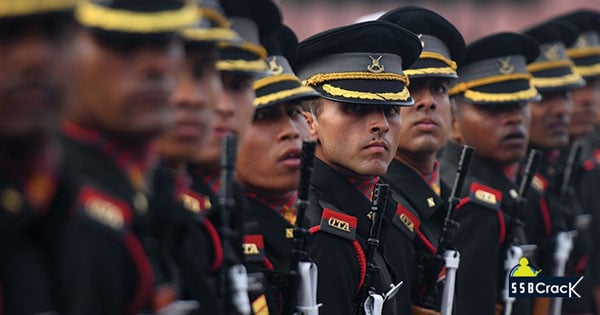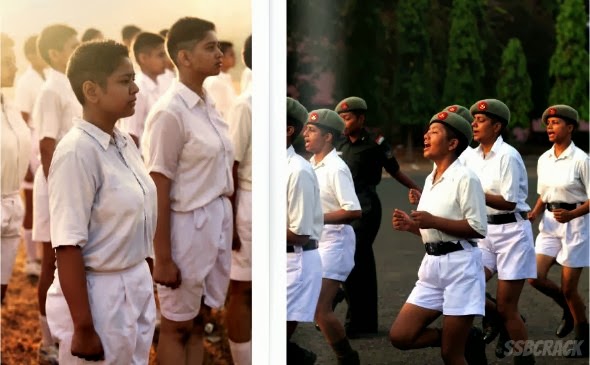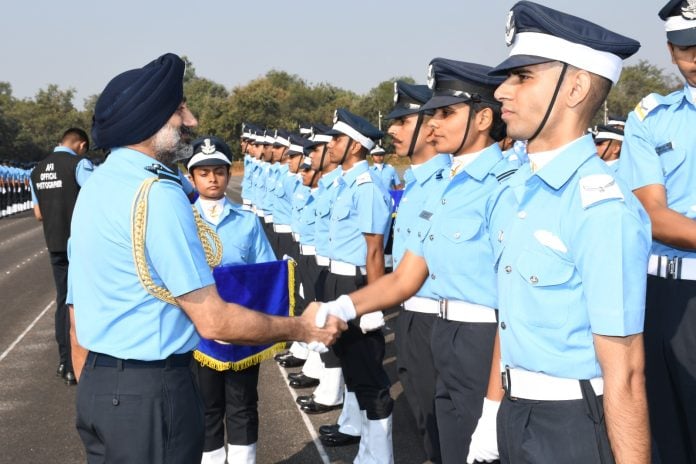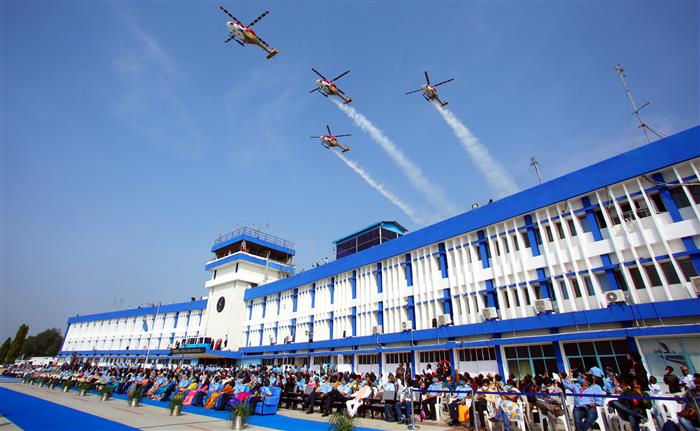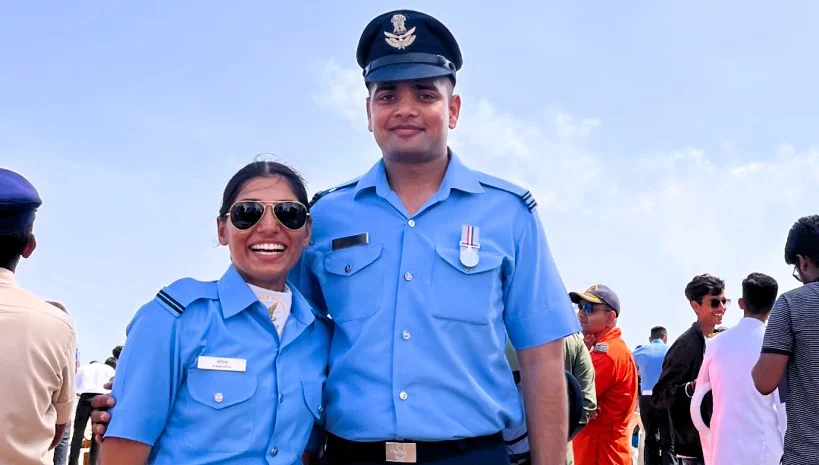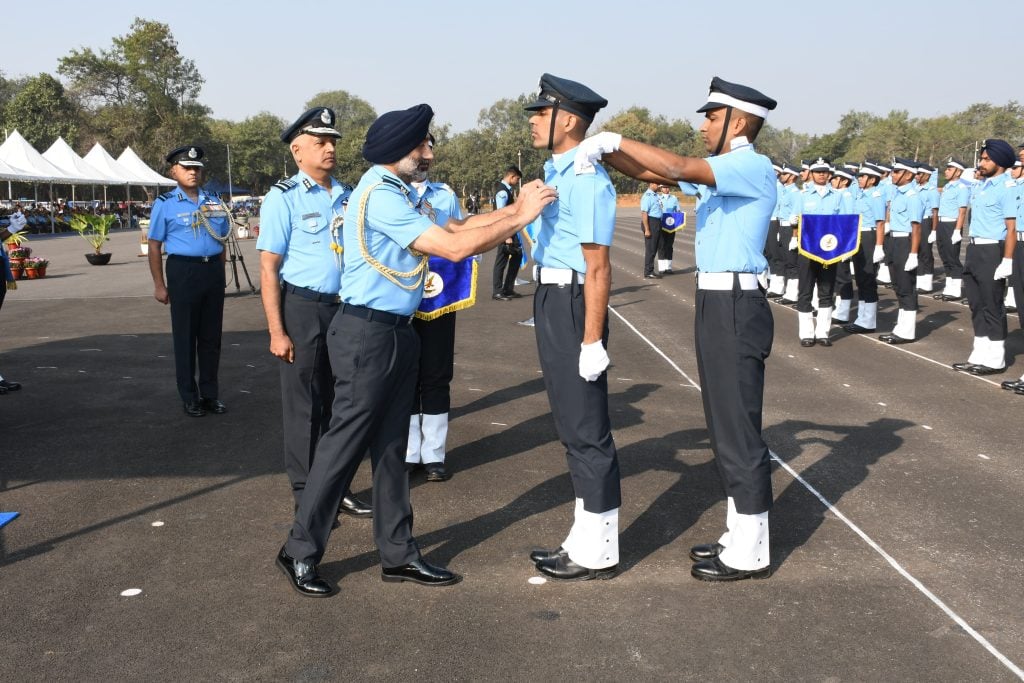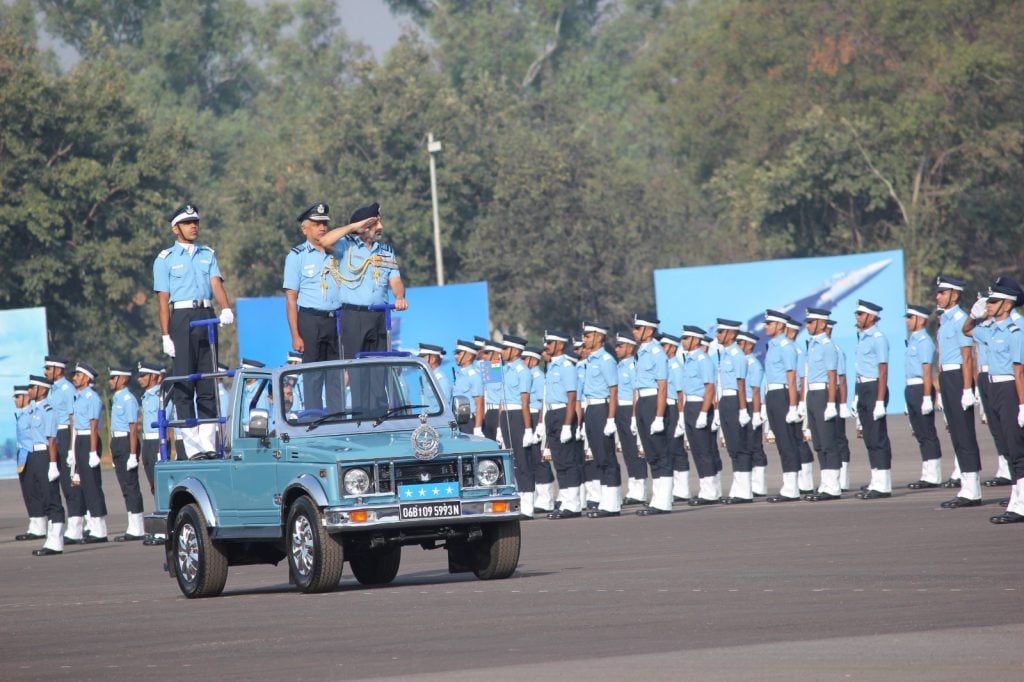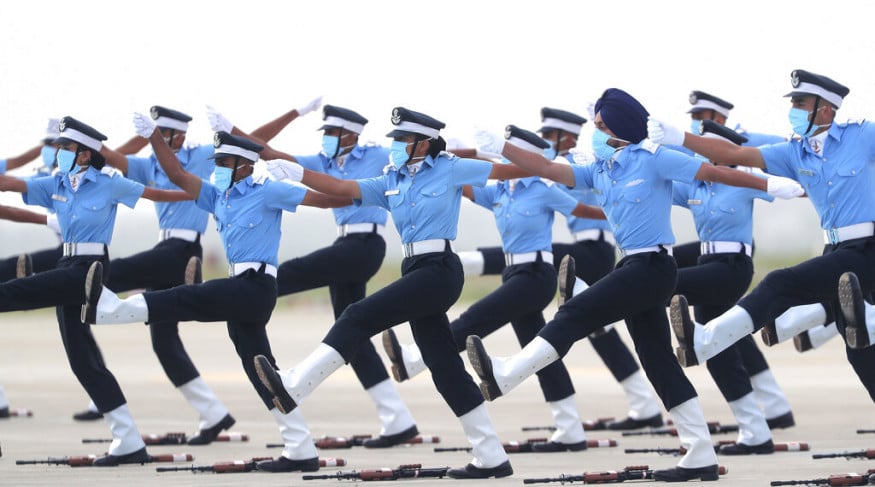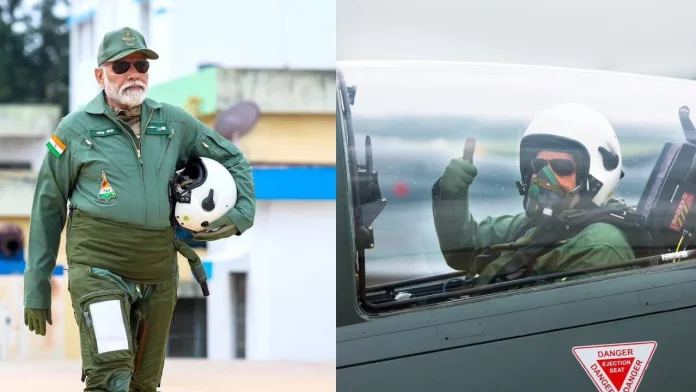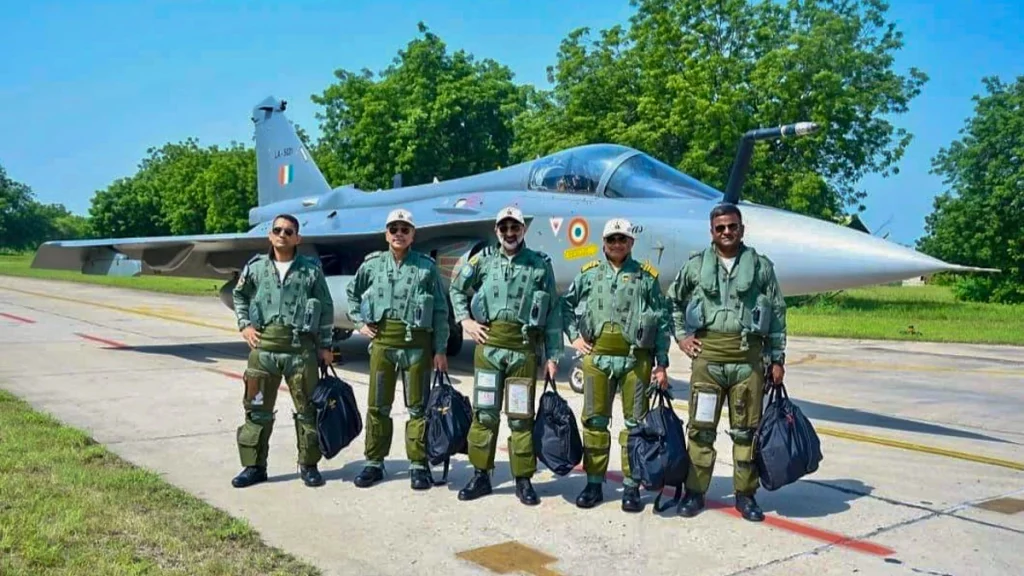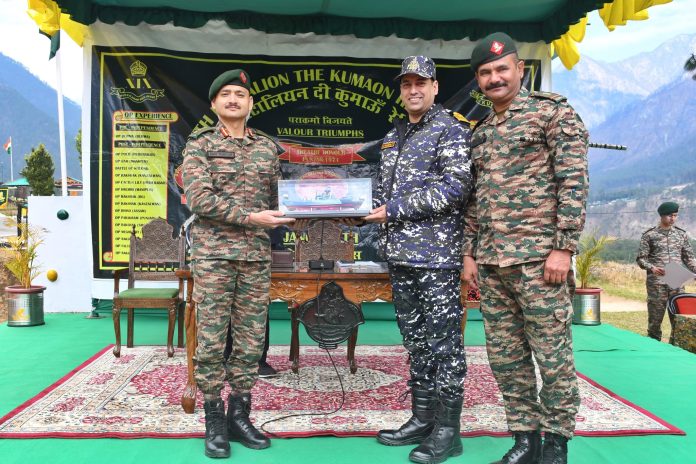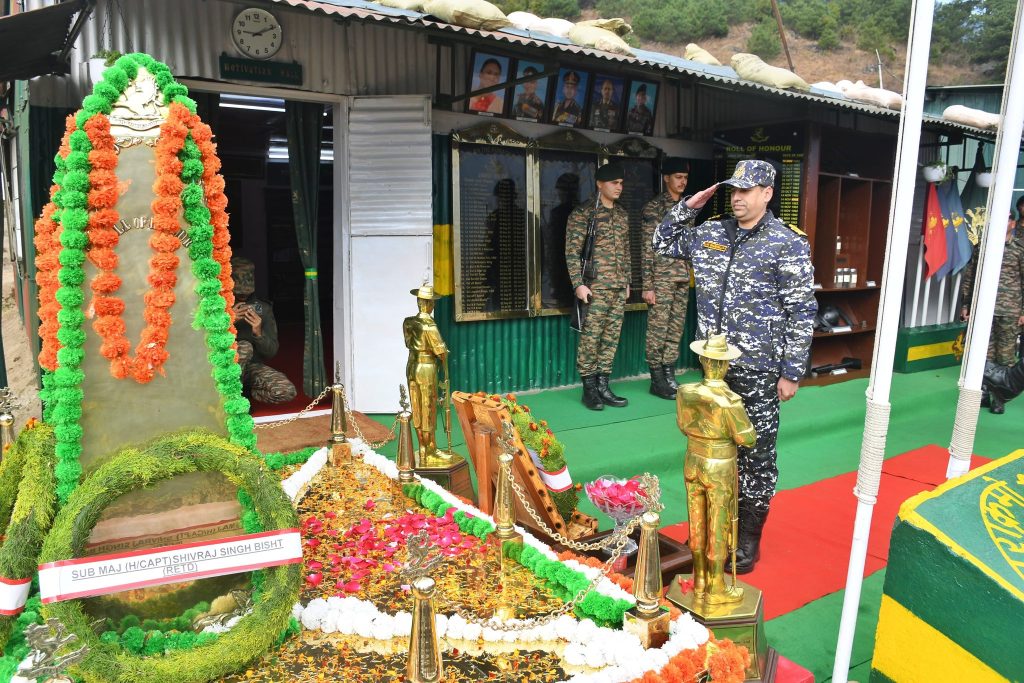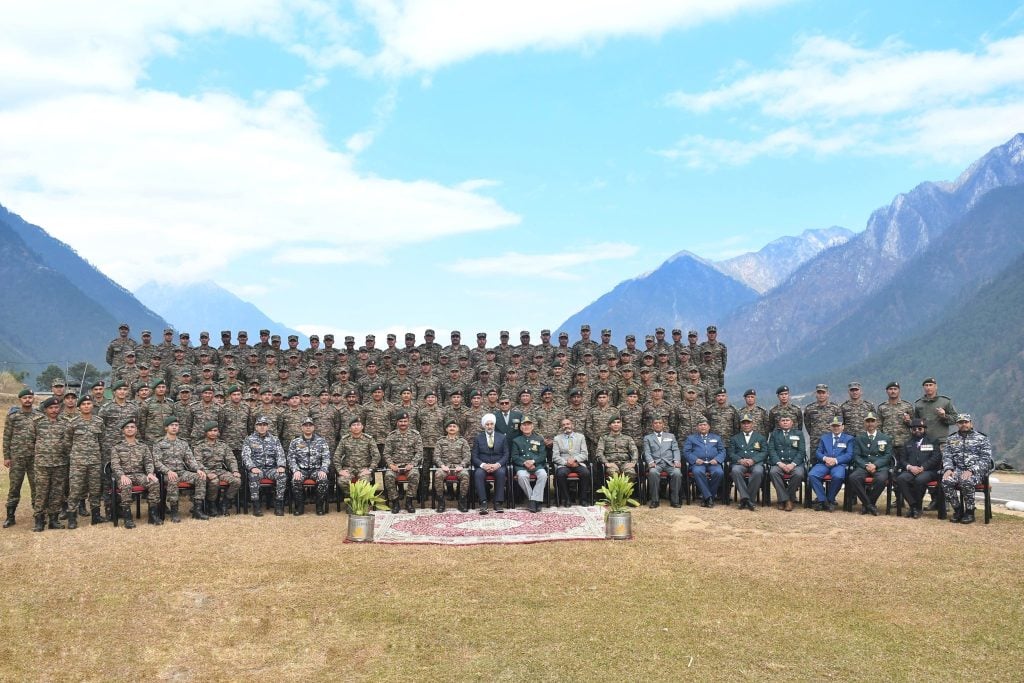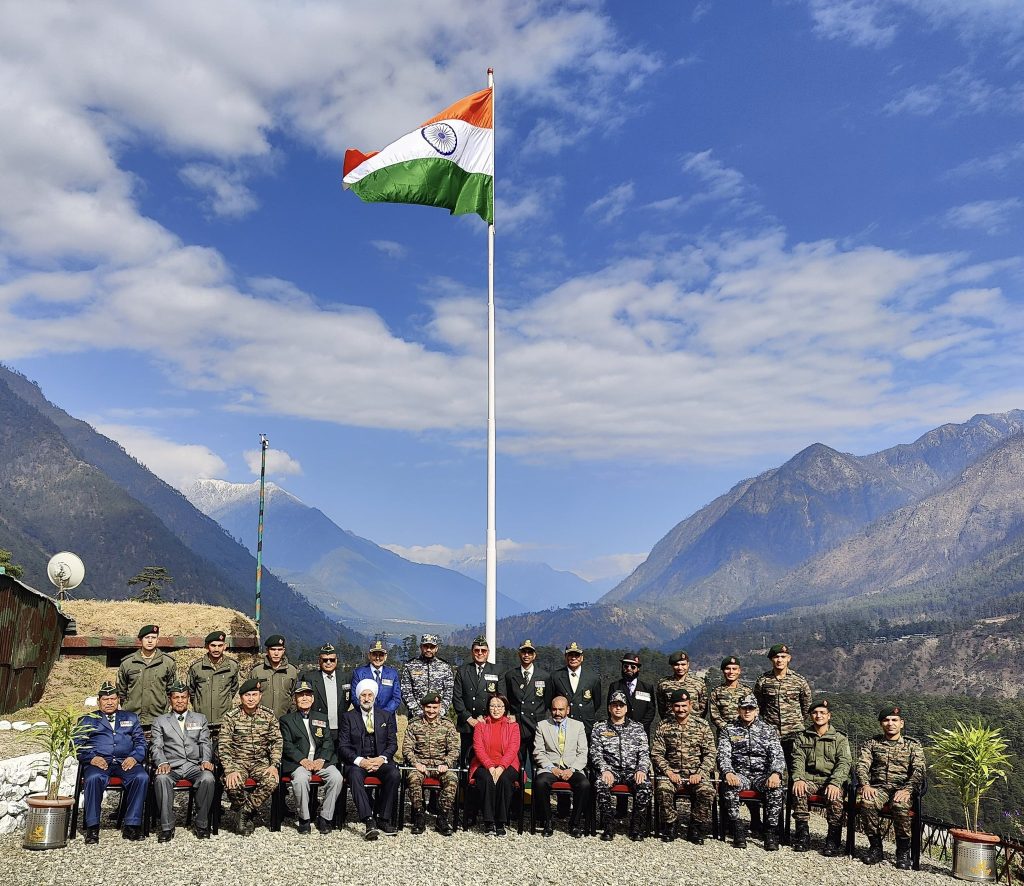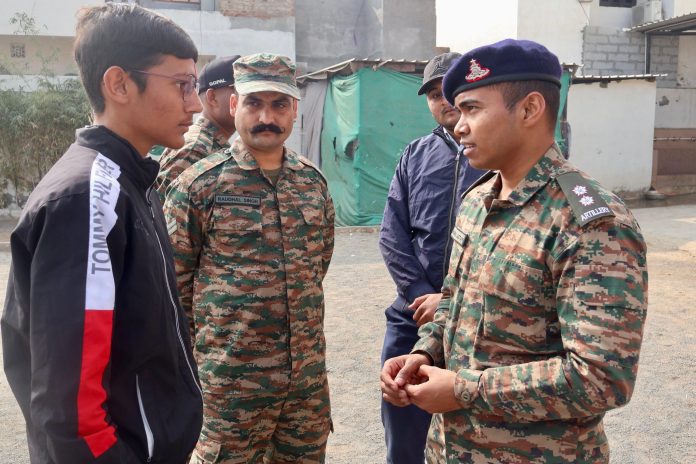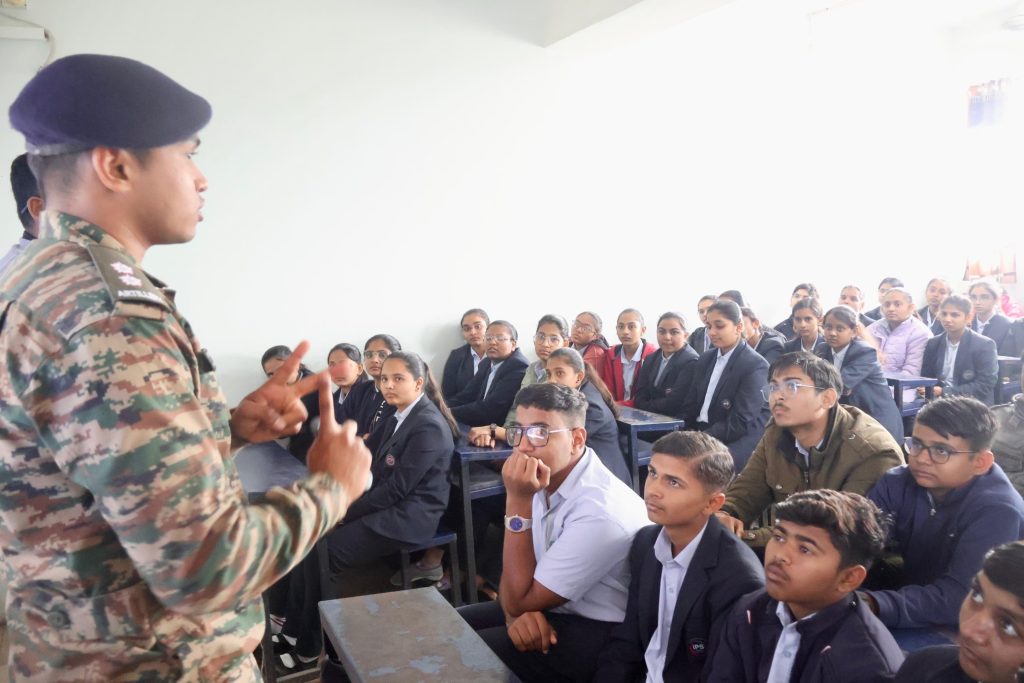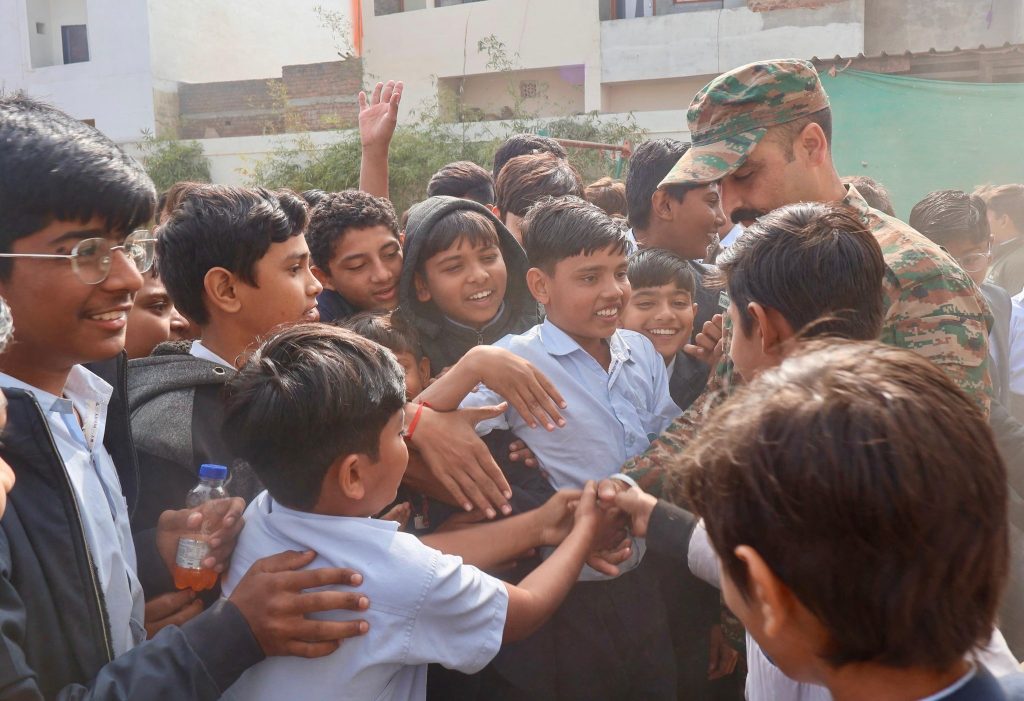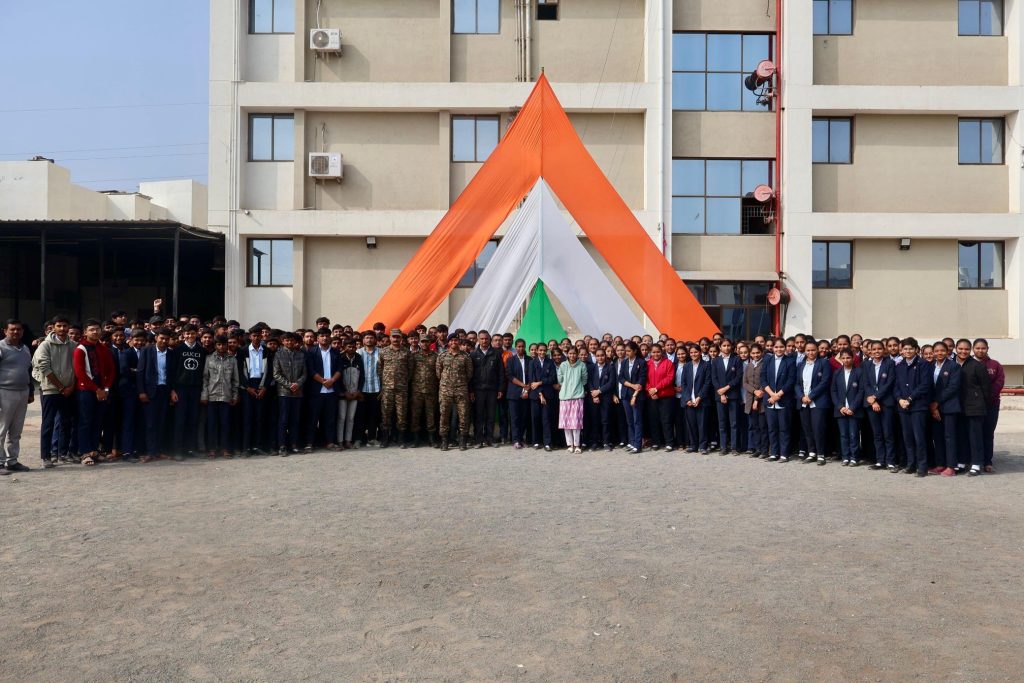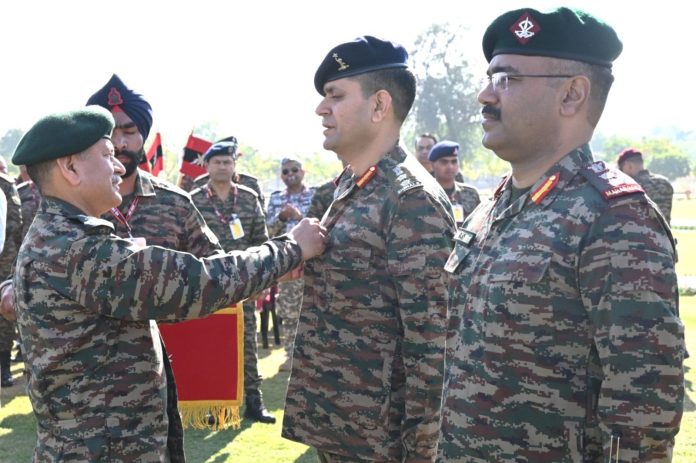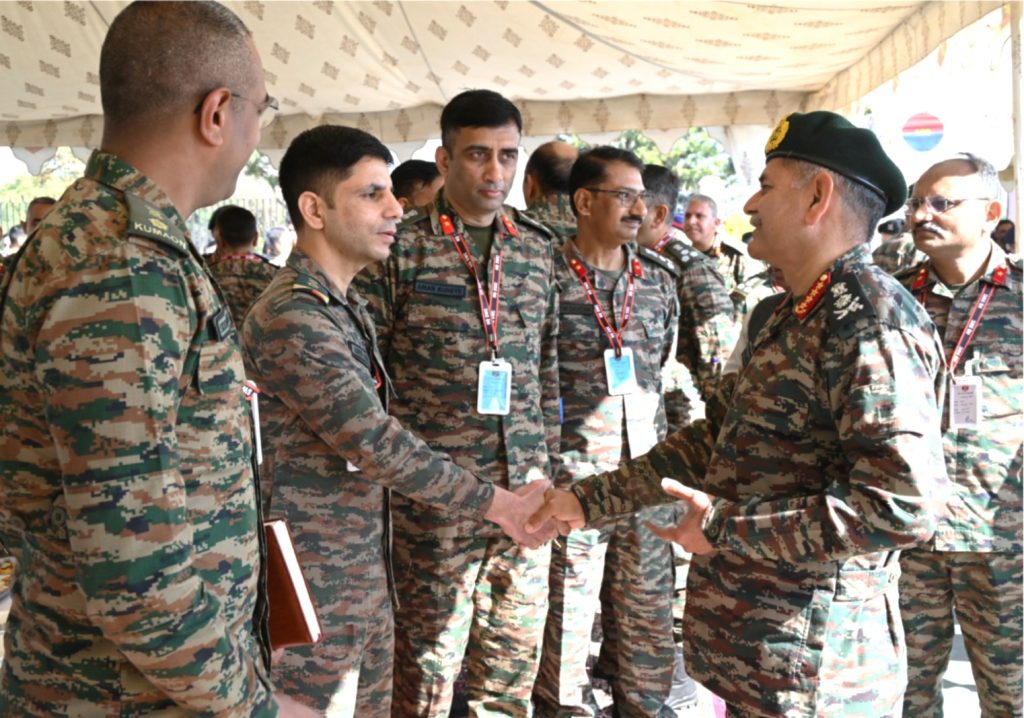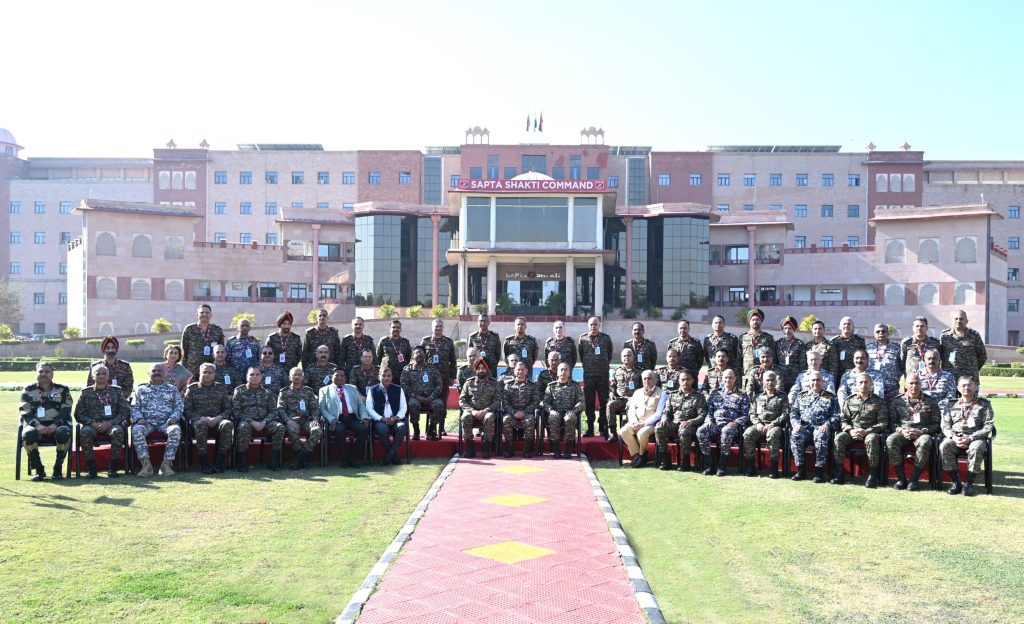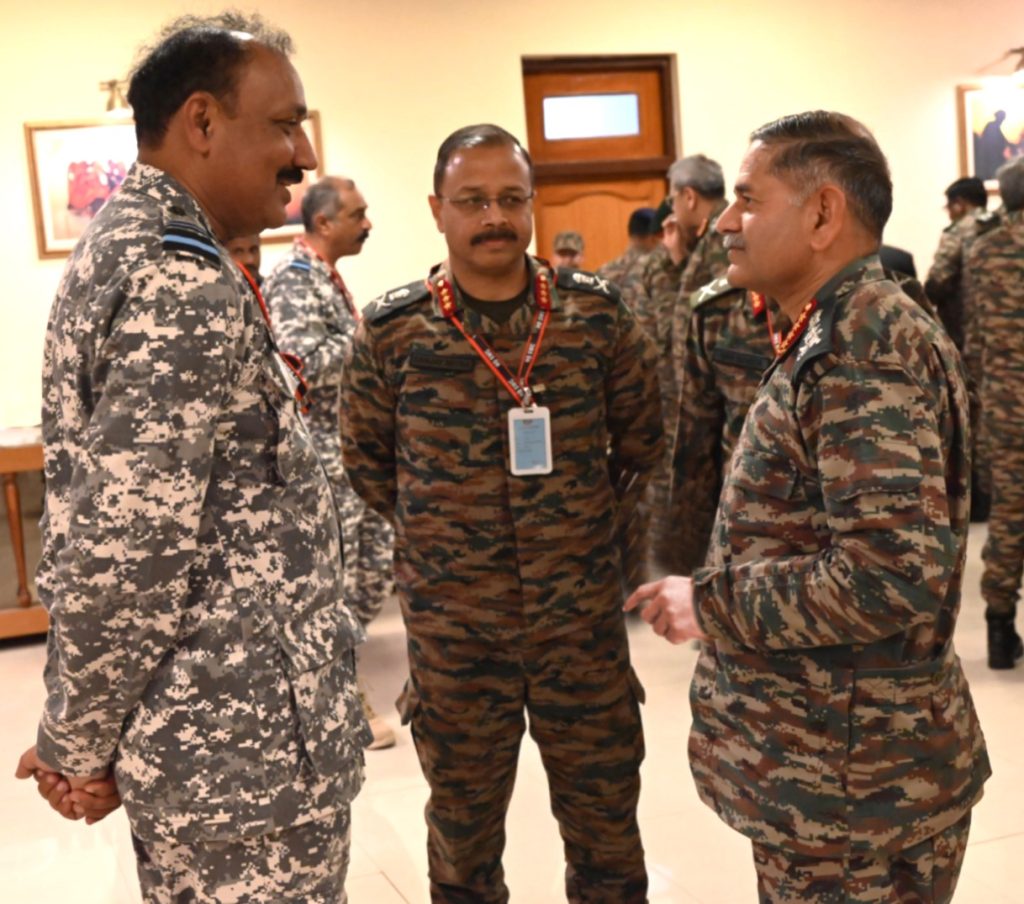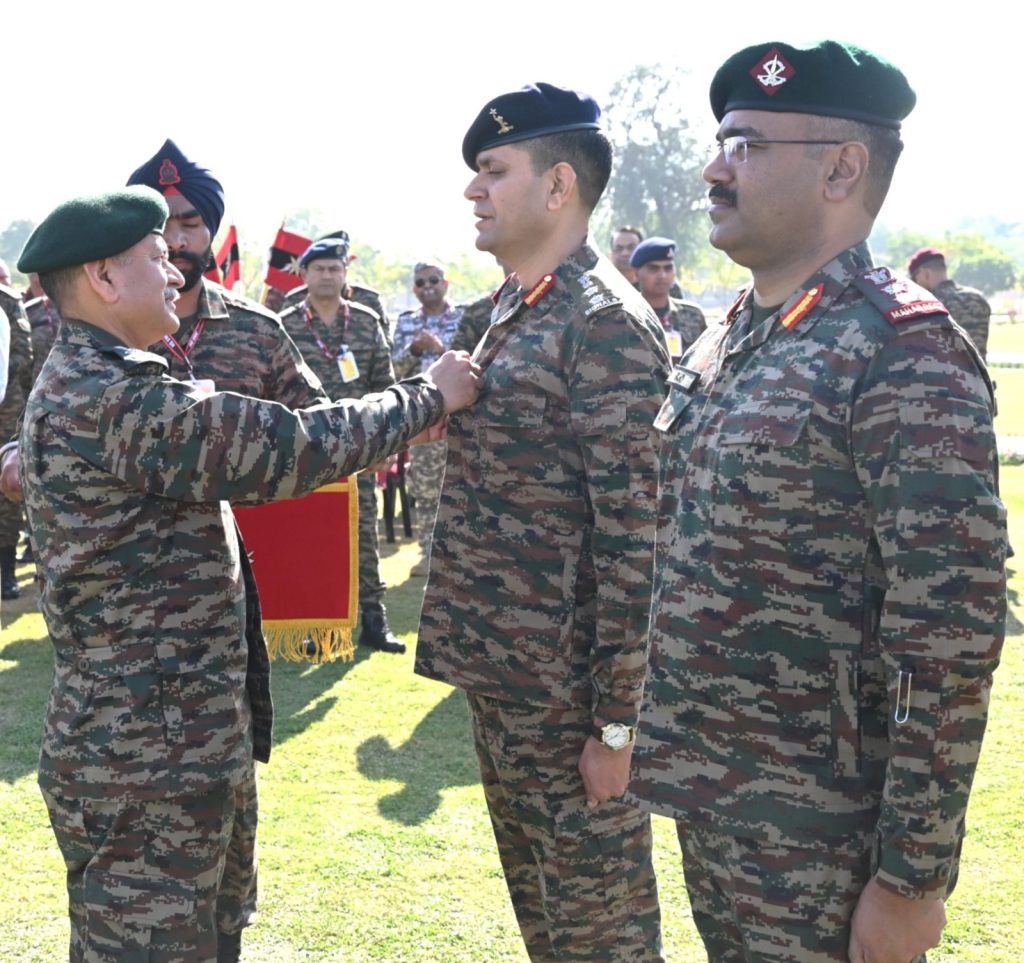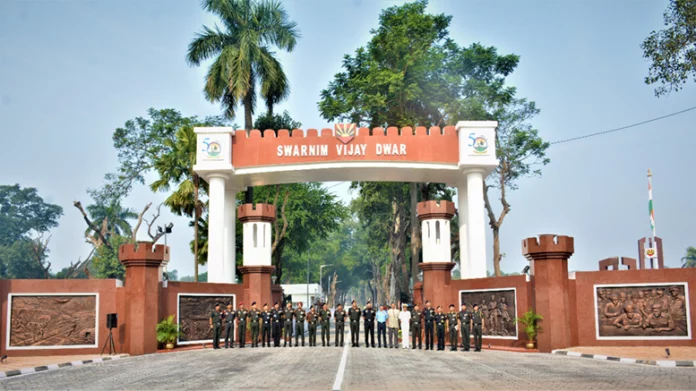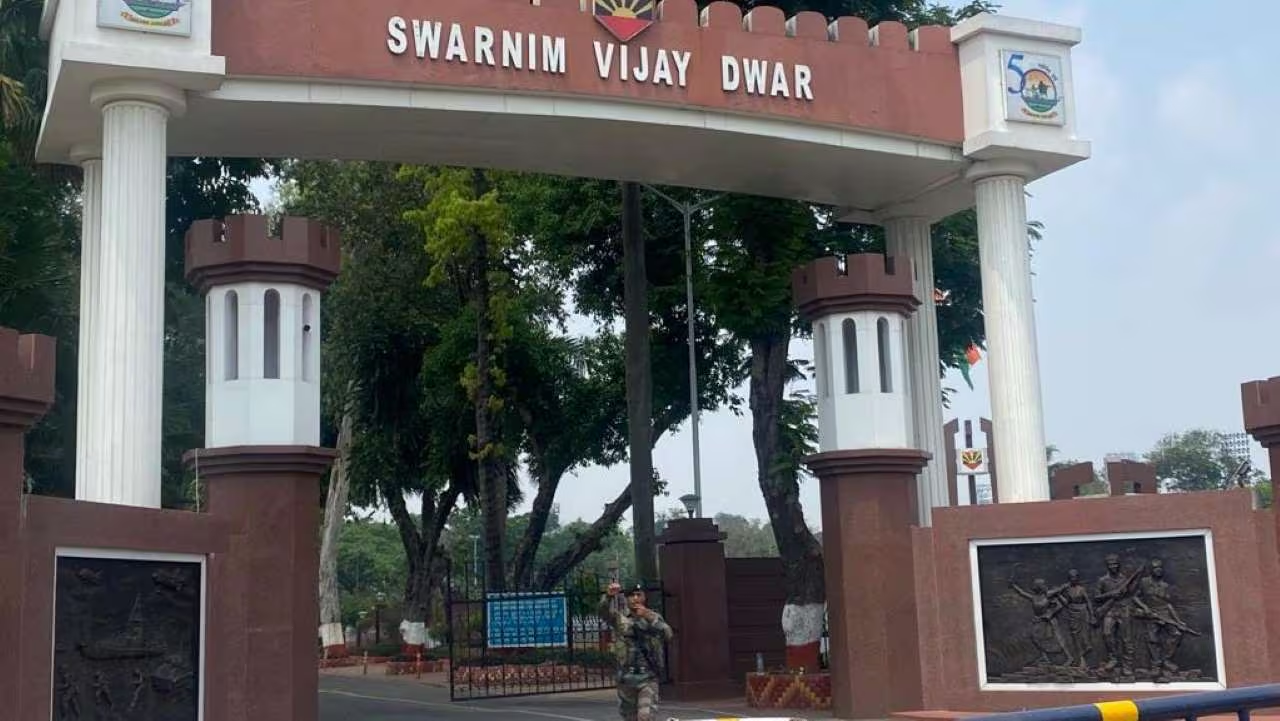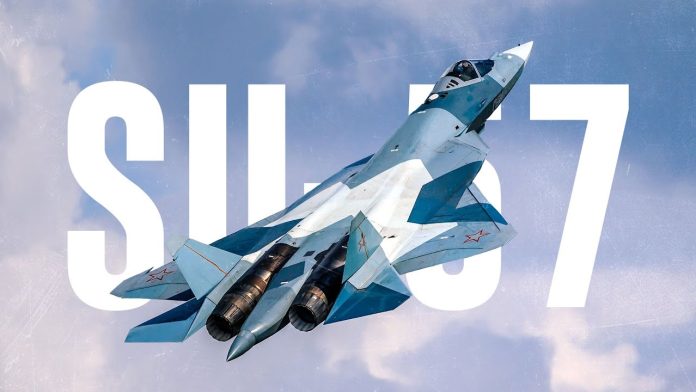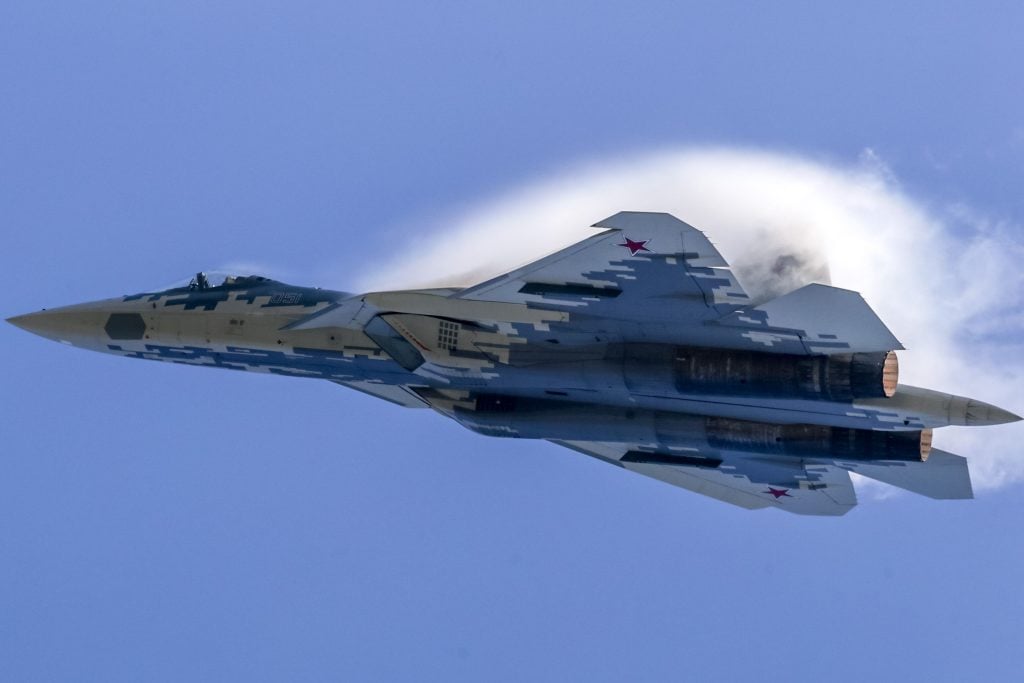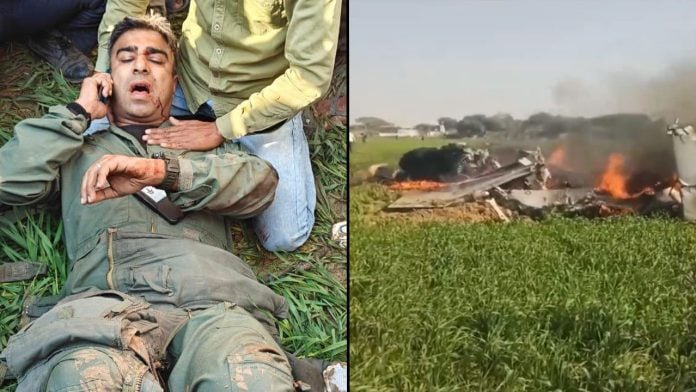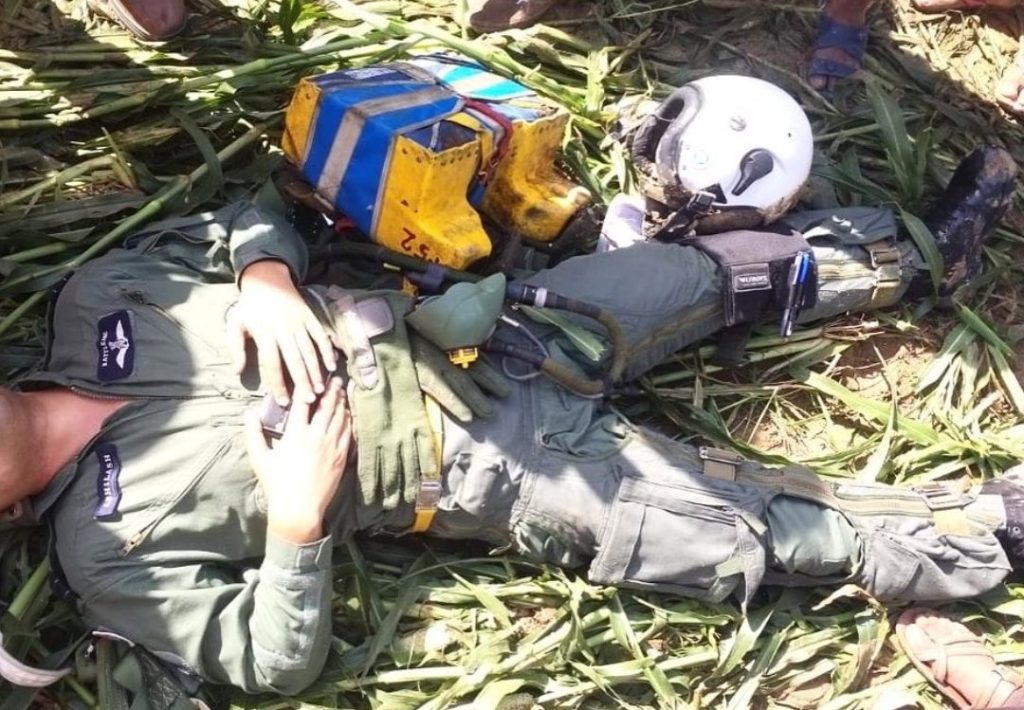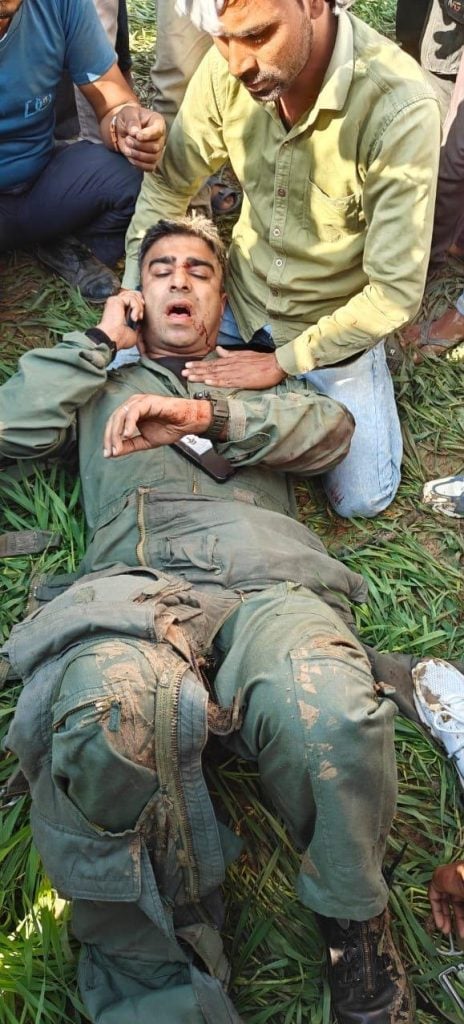It is a dream of every defence aspirant to join the OTA Chennai which is one of the military training institutes of the Indian Army. Candidates who join the OTA Chennai go through one year of basic military training and get commissioned into the Indian army as an officer. In this article we are going to know the different ways to join the OTA Chennai.
What is OTA Chennai?
The Officers Training Academy, Chennai (OTA) is a training establishment of the Indian Army that trains officers for the Short Service Commission. The 49 weeks course at the OTA prepares graduates for all branches of the Army, except for the Army Medical Corps. Established on 15 January 1963, the academy is spread over 750 acres (3.0 km2) about 15 kilometers (9.3 mi) south of Chennai, India.
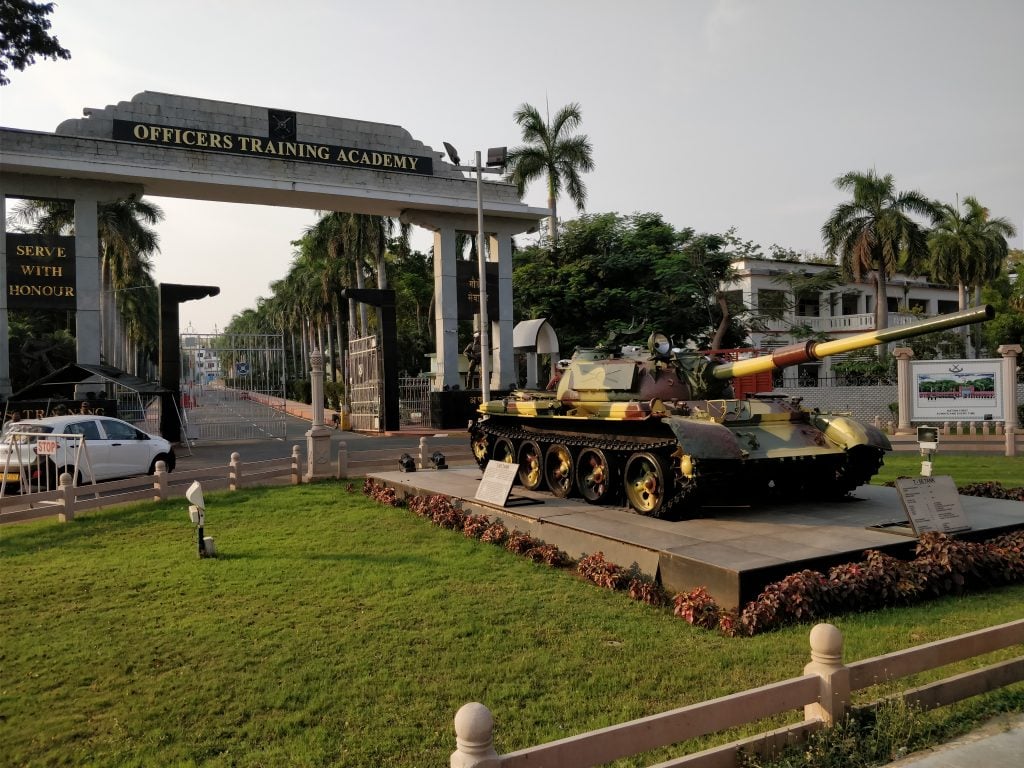
Officers Training Academy, Chennai is a premier army Pre-commission Training institution of India, which produces approximately 750 Short Service Commissioned army officers each year. It is the only academy in the country to grant short service commission to the women into various Arms and Services of Indian army.
This elite academy imparts quality military training to the carefully selected capable youth of the country and sculptors these boys and girls into future military commanders.
The genesis of the Officers Training Academy (OTA), Chennai can be traced back to the Sino-Indian conflict in 1962, when two Officers Training Schools were established in the country one at Madras and the other at Pune.
The courses were designated as Emergency Commissioned courses. While the Officers Training School at Pune was closed down in 1964, the one at Madras was given a fresh mandate.
In February 1965, Short Service Commissioned courses for Gentlemen cadets for Technical and NonTechnical streams were instituted. In Jan 1988, on completion of 25 years of existence, the institution was renamed as Officers Training Academy.
Another significant milestone was reached in 1992, when the Academy started training young women to be career officers in the Indian Army. From April 2008 onwards, the training of lady cadets was brought at par with that of Gentlemen Cadets, with a common merit list.
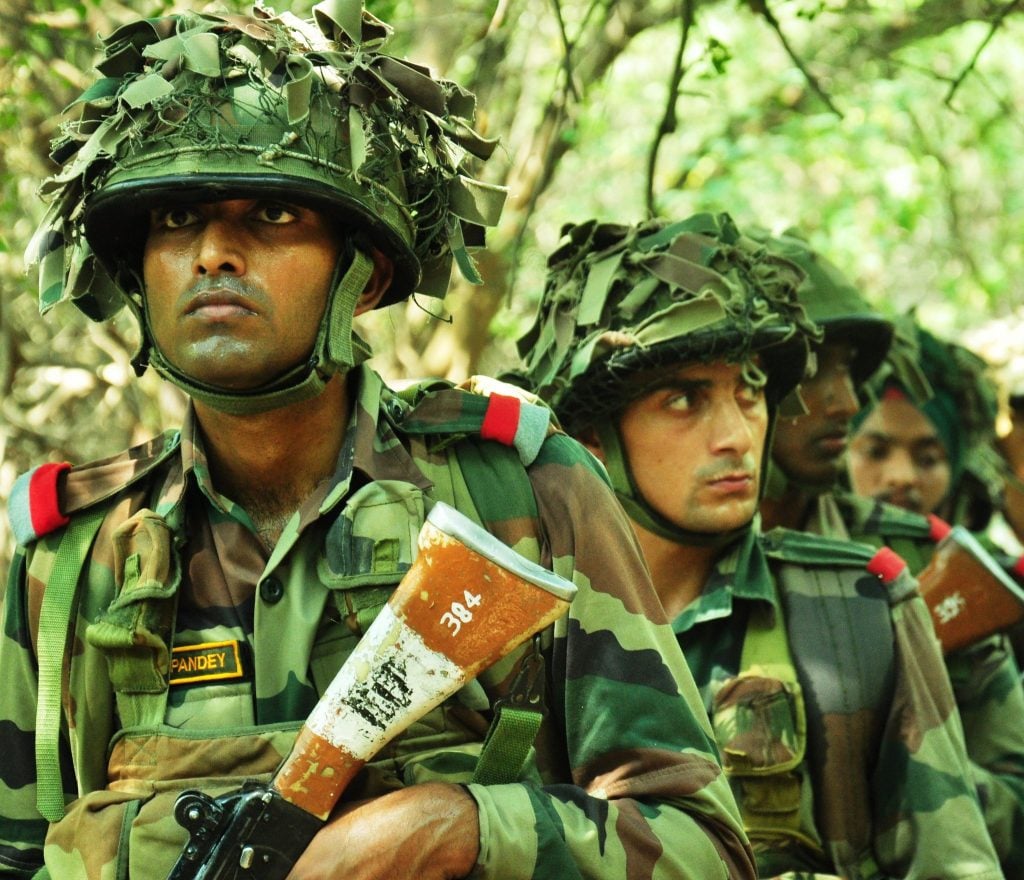
This was further substantiated with a historical event on 17 Sep 2011, when Lady cadet Divya A, became the first ever lady to be awarded the coveted ‘Sword of Honour’ having being adjudged the Best all round cadet, thus creating history in the training of Women Officers in the Indian Army.
Chennai became permanent location for the academy in the year 1998; after which it saw major development of the Campus in terms of the training areas and the administrative facilities for trainees.
The Academy provides an all-inclusive military training to ensure physical, mental and psychological development of cadets. Cadets, after selection at the Service selection Boards (SSB interviews) report to the Academy during the months of Apr and Oct (generally Second Thursday) each year and are imparted 49 weeks of Military training organised into two semesters of 23 weeks each with a three weeks Term break.
At any point of time, two courses are conducted at the Academy totalling the Academy cadet strength to 730-750. Apart from the basic military training, the cadets are exposed to troop and individual games/sports, an intensive physical training schedule and a plethora of other co-curricular activities.
Efforts are made to ignite the leadership qualities in these cadets, which are required to meet the challenges of the finest profession of the world, the Armed forces. The faculty at the academy ensures development of communication skills, Decision making capabilities and psychological conditioning
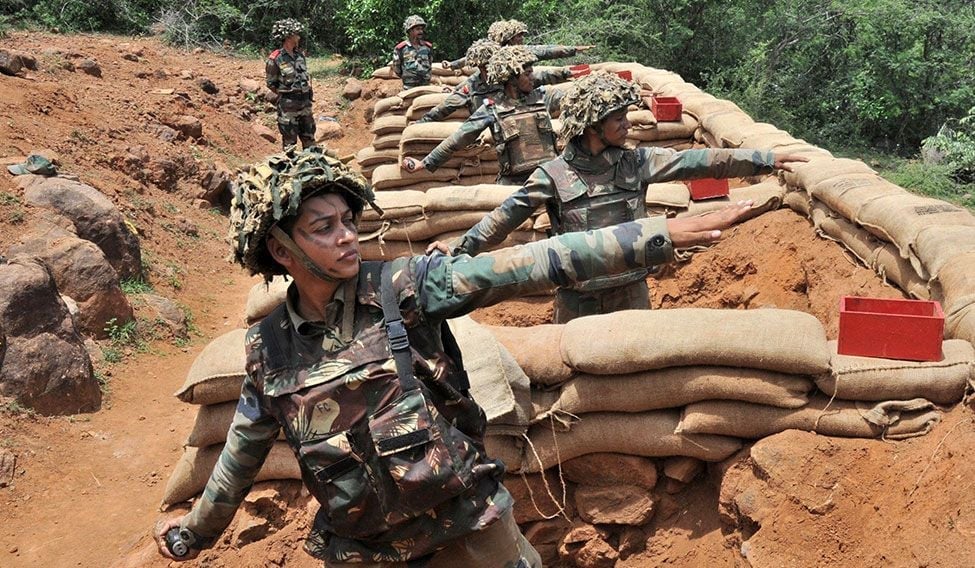
Passing-Out-Parade (POP). The Passing-Out-Parade at the Academy marks the formal completion of the 49 weeks training of an OTA cadet, which includes a meticulous Paradec onducted at the Parameshwaran Drill Square and a Solemn Pipping (Commissioning) and Oath Ceremony on the last day of the course. The event is graced by senior military / civil dignitaries and the parents/ guardians of the cadets. The Officers commissioned from the elite institution have not only risen to the senior military ranks, but have also brought glory to their alma-mater by achieving greater glory in the civil and corporate worlds.
How to Join Officers Training Academy Chennai
The short Service Commission Officers are trained here. So when you are selected in the Indian Army for SSC then you’ll get trained here. Here are ways in which you can join OTA Chennai.
- UPSC CDS Exam: Men and Women can join OTA Chennai for SSC Non-Technical Branch through CDSE or Combined Defence Services Exam held twice a year. The Exam for OTA candidates in CDSE Comprises of two papers English and General Awareness, both of 120 objective type questions of two hour duration. The notification is made by UPSC March/ April and September/October. The written Exam is held in February/March and September/October.
- SSC-Tech: Men and women who are technical graduates can join through SSC-Tech Entries. There is no written exam and the shortlisting of application is done on the basis of cut-off percentage of qualifying exam, i.e. engineering. Notified twice a year in Apr and Oct for SSC-Tech (Men) and Dec/Jan and June/July for SSC Tech Women.
- NCC Special Entry Scheme: Male and female Graduates with LLB / LLM with 50% Aggregate marks, 2 Yrs. service in NCC Senior Div. Army with minimum ‘B’ Grade in ‘C’ Certificate are eligible to apply for this entry. The notification is made twice a year in the month of April and October. Direct SSB calls made to the candidates’ possessing desired qualifications after initial screening of the applications.
- Judge Advocate Entry: Law Graduates can apply for this entry. Male and Female Graduates with LLB / LLM with 55% marks. Registered with Bar Council of India / State are eligible. SSB calls made to desired candidates after initial screening of the applications. Notification is made in June/July.
Note: You can refer to the specific articles on these entries on our Website, to get full details. Officers Training Academy, Chennai
How to Join OTA Chennai
- UPSC CDS Exam 2025: Male and Female aspirants can look for CDS 2025 and CDS 2026 notifications and apply for the same to join the OTA Chennai. One has to go through the UPSC CDS written exam first and if qualified will face the SSB Interview. Candidates who clear the SSB interview will face the medical examination and later joining letters will be issued based on all India merit lists. Check CDS Notification Here.
- SSC Tech 2025: Male and Female engineering graduates can apply for the SSC tech entries to join the OTA Chennai. There will be no written exam and candidates will be shortlisted for the SSB interview based on their percentage in Engineering degree. Look for SSC Tech 65, SSC Tech 66, and SSC Tech 67 for males and SSCW Tech 36, SSCW Tech 37, and SSCW Tech 38 for females. Check the SSC Tech Notification here.
- NCC Special Entry 2025: Male and Female graduates with NCC C certificate with minimum B grade can apply for this entry. There will be no written exam and candidates will be shortlisted based on their graduation marks. Look for NCC 58, NCC 59, and NCC 60 notifications. Check all NCC Special Entry Notifications here.
- JAG Entry 2025: Male and Female law graduates can apply for these entries. Again, there will be no written exam and candidates will be called for the SSB Interview directly once shortlisted. Check for JAG 35, JAG 36 and JAG 37 notifications. Find out all JAG notifications here.
Also Read

